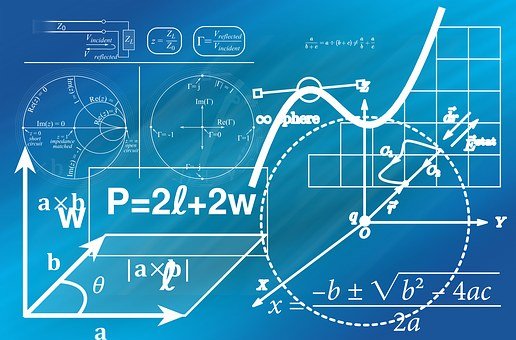Math Musings: Number Systems: We Need Them
Numbers systems allow our society to communicate and possess the power to place the world around us in a perspective we may easily understand.

Natural Numbers
Consider the natural numbers (or counting numbers) when discussing some of the facts from the United States of America as suggested by the US census Bureau, uscensus.gov. Here is a snapshot of our country:
- There were 37 million people who lived below the poverty level, while there were 2 million 500 thousand millionaires, 40 of them in our Senate, and 371 billionaires, who amassed $1 trillion 100 billion dollars.
- The federal debt was over 8 trillion dollars.
- There were 34 million 200 thousand foreign born citizens, 18 million 100 thousand of them from Latin America.
- Since 1973, there were approximately 30 to 40 million abortions performed.
- The population of our country was over 294 million by year’s end.
- While over 1 in 8 people lived below the poverty level, less than 1 in 117 people were millionaires, but yet 2 out of 5 Senators were millionaires. The 371 billionaires could have given every citizen in this country $3,000 and still would have had over 2.2 million dollars to divvy up among themselves.
- The federal debt amounted to over $27,000 that each of us owed.
- Over 1 in 9 citizens were born in another country, and over half of the foreign born citizens were born in Latin America.
- Since 1973, we aborted roughly 1 in 8, assuming of course every aborted child had lived.
Real Numbers
Each real number represents a distinct point on a number line. The set of real numbers may be divided into a collection of different subsets or classifications of numbers such as numbers that can be written as a ratio of two integers and those numbers who can not be written as a ratio of two integers.The set of real numbers is: the set of all numbers distinctly represented on the real number line.
Real Numbers contain all of the following sets of numbers:
- Irrational numbers are the numbers on the real number line that are non-terminating decimals like pi. For example, pi may be represented as 3.14159265358979323846 2643383279 50288419716939937510 ... , well, you get the picture.
- All natural numbers are whole numbers.
- All whole numbers are integers.
- All intergers are ratonal numbers and.
Rational Numbers and Irrational Numbers
All the Real Numbers are made up two discrete and mutually exclusive groups, the Rational Numbers and the Irrational Numbers.- Natural or counting Numbers is the set of numbers, one, two three and so on … . The set appears as {1, 2, 3, … }
- Whole Numbers include the counting numbers but also includes zero. The set appears as {0, 1, 2, 3, … }
- Integers may be thought of as the positive and negative counting numbers to include zero. The set appears as {…, -3, -2, -1, 0, 1, 2, 3, … }
- Rational numbers are the numbers which may be represented as fractions or terminating or repeating decimals. An example would be 2/9 = 0.2222…